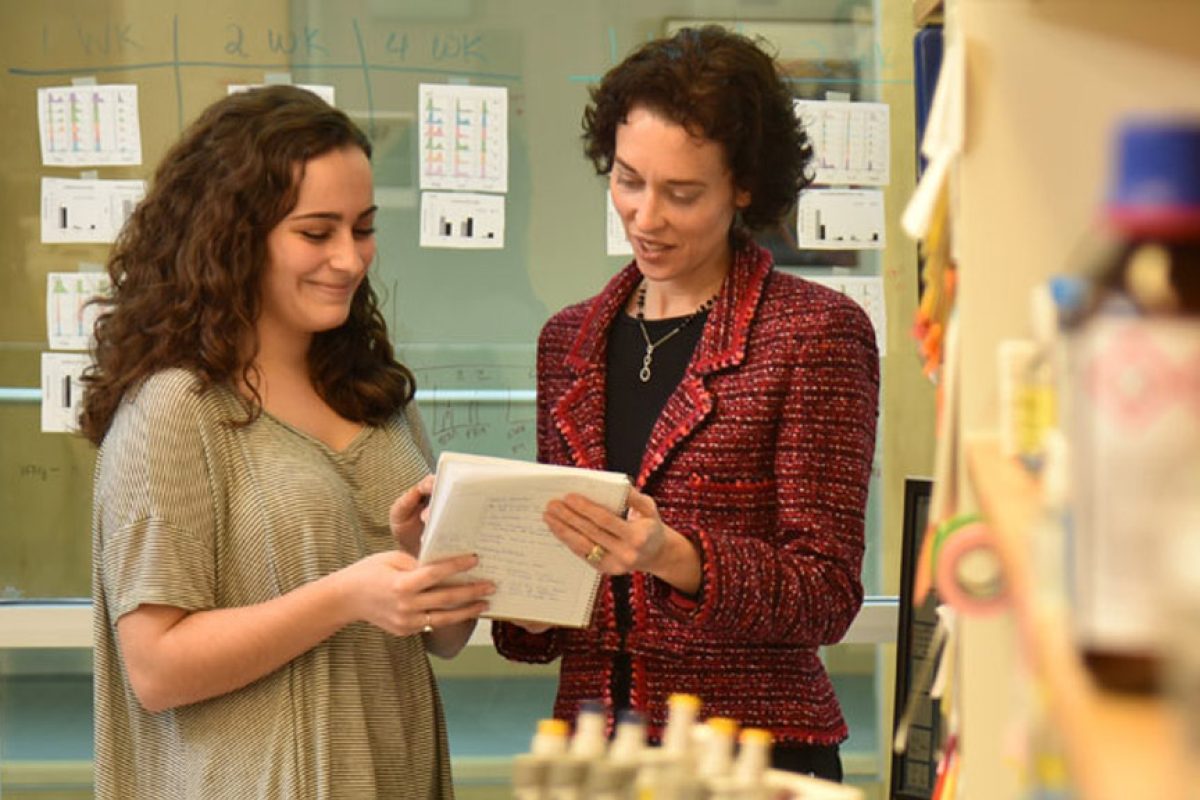IN AN EFFORT TO REDUCE HEALTH CARE DISPARITIES AND IMPROVE THE OVERALL HEALTH OF THE TRANSGENDER COMMUNITY, JOHNS HOPKINS LAUNCHED THE CENTER FOR TRANSGENDER HEALTH.

In An Effort To Reduce Health Care Disparities And Improve The Overall Health Of The Transgender Community, Johns Hopkins Launched The Center For Transgender Health. Its Medical Director Is TTEC Member Devin O’Brien-Coon, Associate Professor In The Department Of Plastic And Reconstructive Surgery.
The new center will facilitate all facets of transgender-related care for all patients—including children, adolescents, and adults—and it brings together expertise from plastic surgery, mental health, primary care, endocrinology, pediatrics, OB-GYN, social work and case management, among other disciplines, says center clinical director Paula M. Neira.









